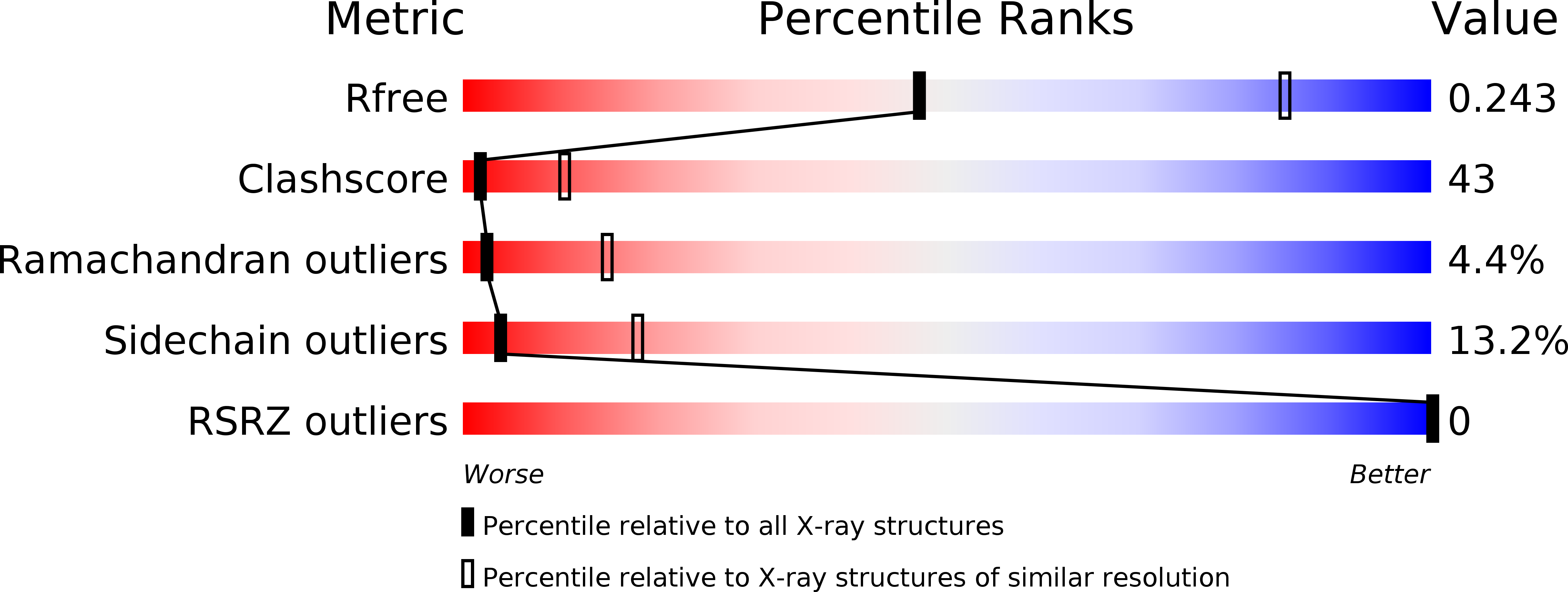
Deposition Date
2013-03-15
Release Date
2014-03-26
Last Version Date
2024-03-20
Method Details:
Experimental Method:
Resolution:
3.00 Å
R-Value Free:
0.25
R-Value Work:
0.24
Space Group:
H 3


